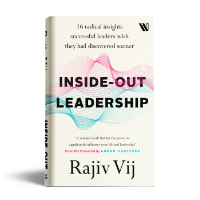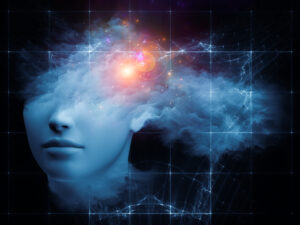
Hope you had a restful year-end break. As I enjoyed a relaxed time with family and friends, a few conversations did go past the usual reminiscing of pre-Covid life and how much the world has changed since. One thing became quite clear from that. While a lot has changed, at a deeper level we remain sorely stuck in old ways.
We have proven our resilience, but we still react only to short-term challenges. We just don’t seem to have the will to examine the fundamental and long-term issues. During the crisis, we discovered our ability to reflect and be purposeful. But we have quickly lost it in the rush to get back to the life as we knew it. Consumerism wins over conservation, convenience over what’s right, and instant gratification over mindful living. Again! Over the past two years, we resolved to be kinder, more empathetic and loving. But that resolve doesn’t seem to last against our strong wiring to be self-centred and egoistic.
All these are symptoms of a deeper illness. It’s our poor and deteriorating relationship with ourselves and by extension with others and our ecosystem. It is in this context, it’s worth asking the two age-old questions at this time. Who am I and What am I doing here.
Who am I?
Our superficial lives are an outcome of our superficial understanding of ourselves. When we relate to ourselves only as physical and emotional beings, we wish to satisfy only our physical and emotional needs. Who are you, really? Beyond the identity of your professional role, nationality, cultural values, religious beliefs, family and personal interests? Going past your age, education, intelligence level and personality traits? Beyond your physical body, unending thoughts and ever-changing emotions?
As we continue seeking and keep unpeeling the layers of our perception, we get to the truth of our existence. We are the everlasting Awareness. This Awareness is what lets us experience different thoughts and emotions. However, we…




















